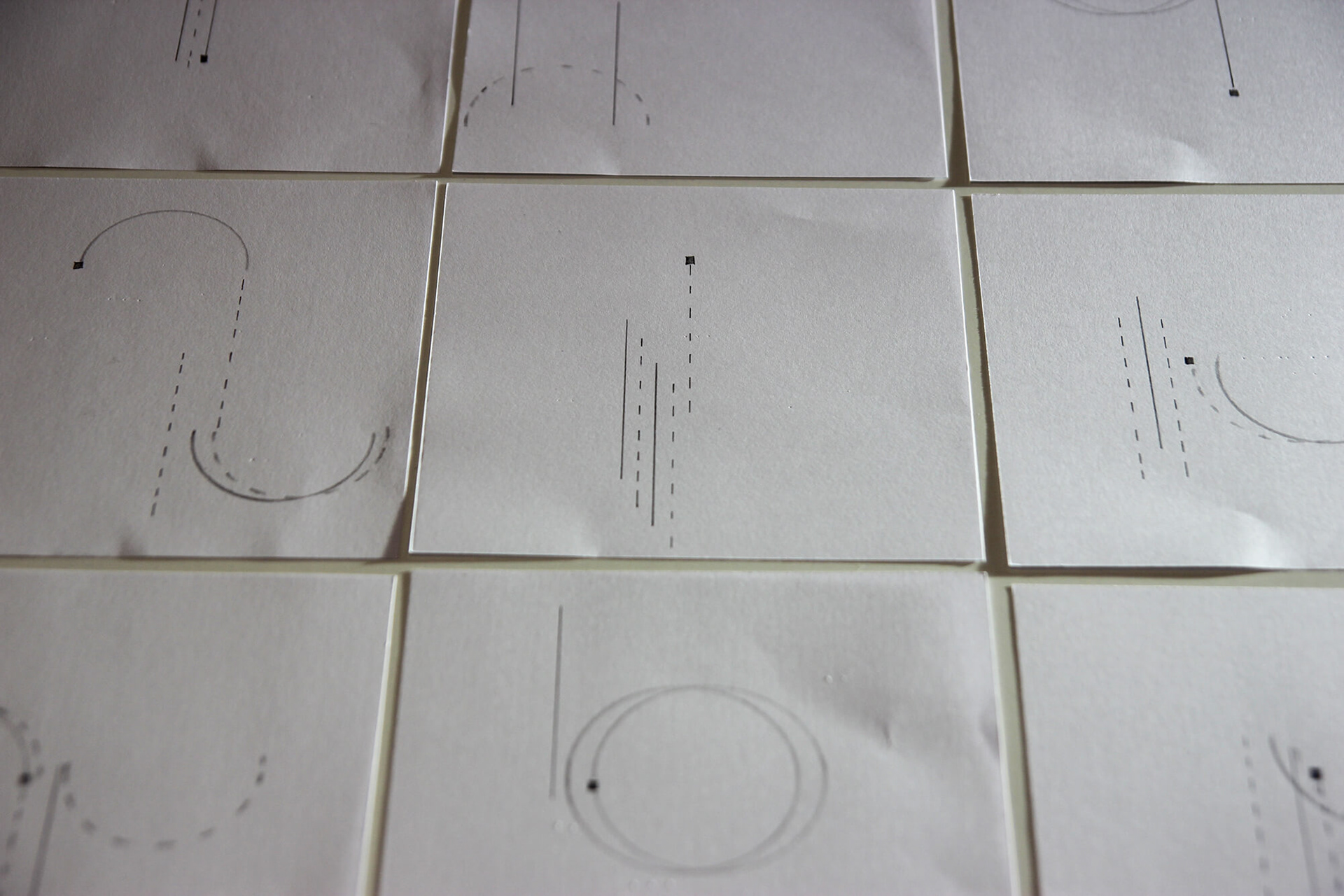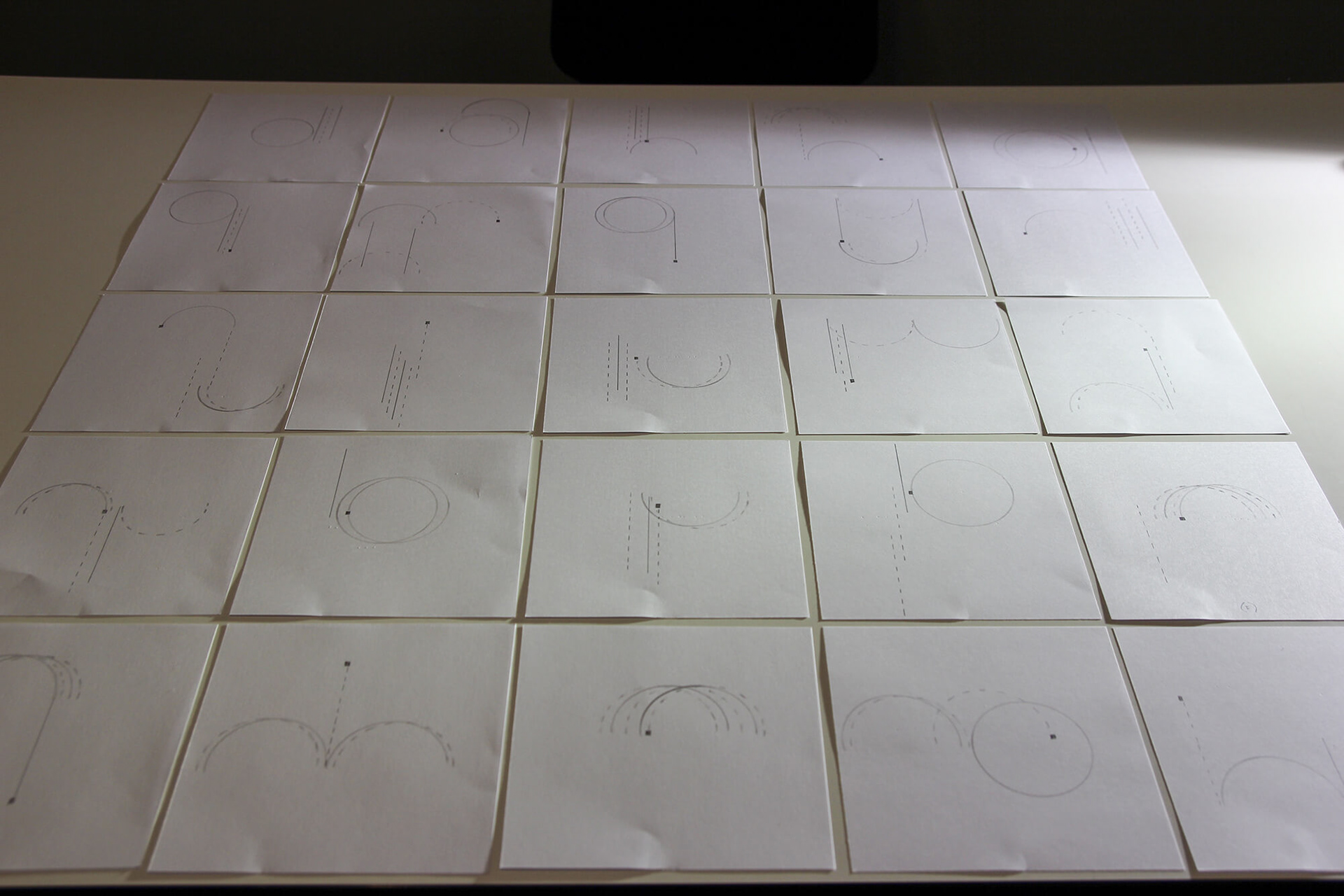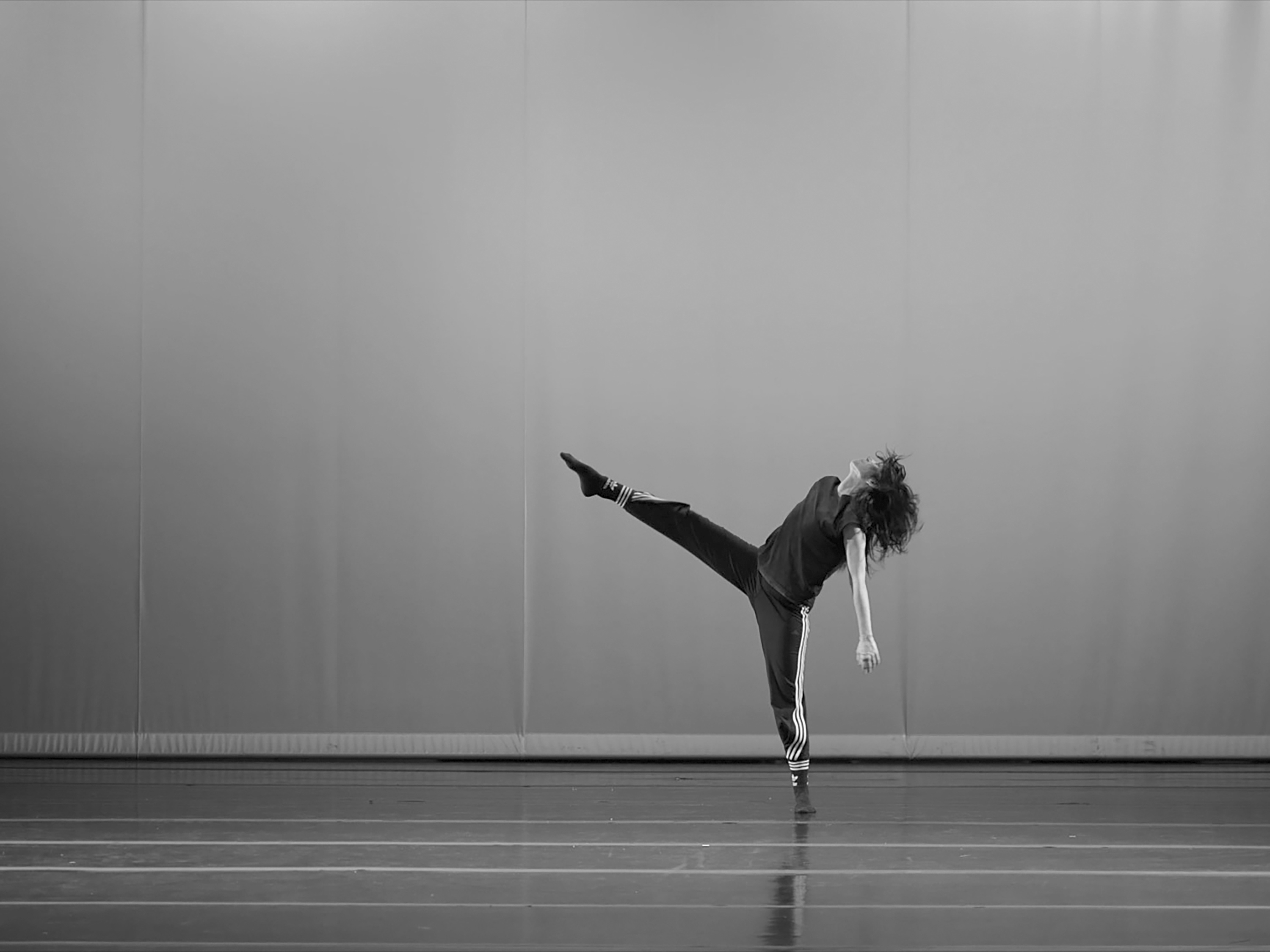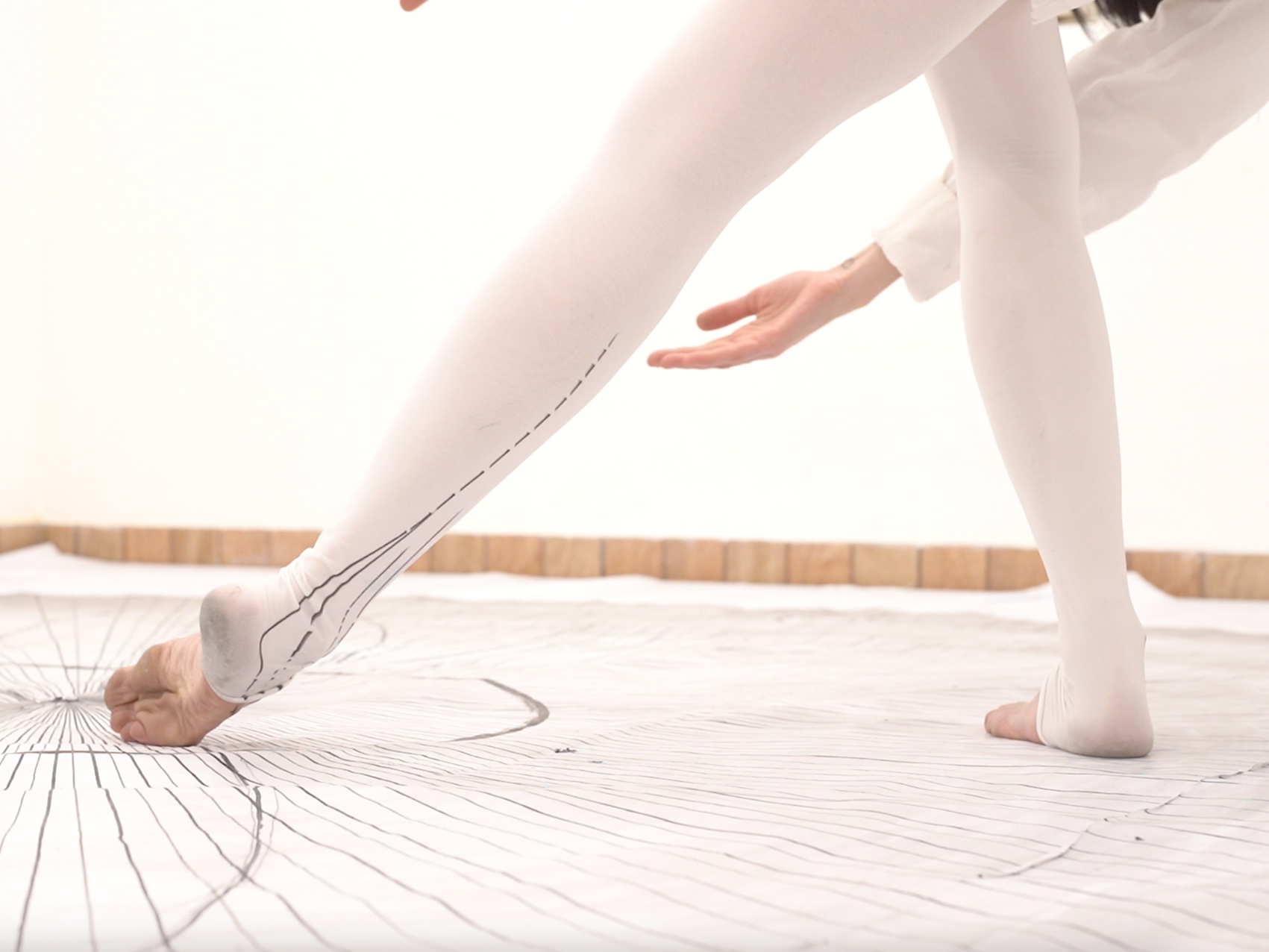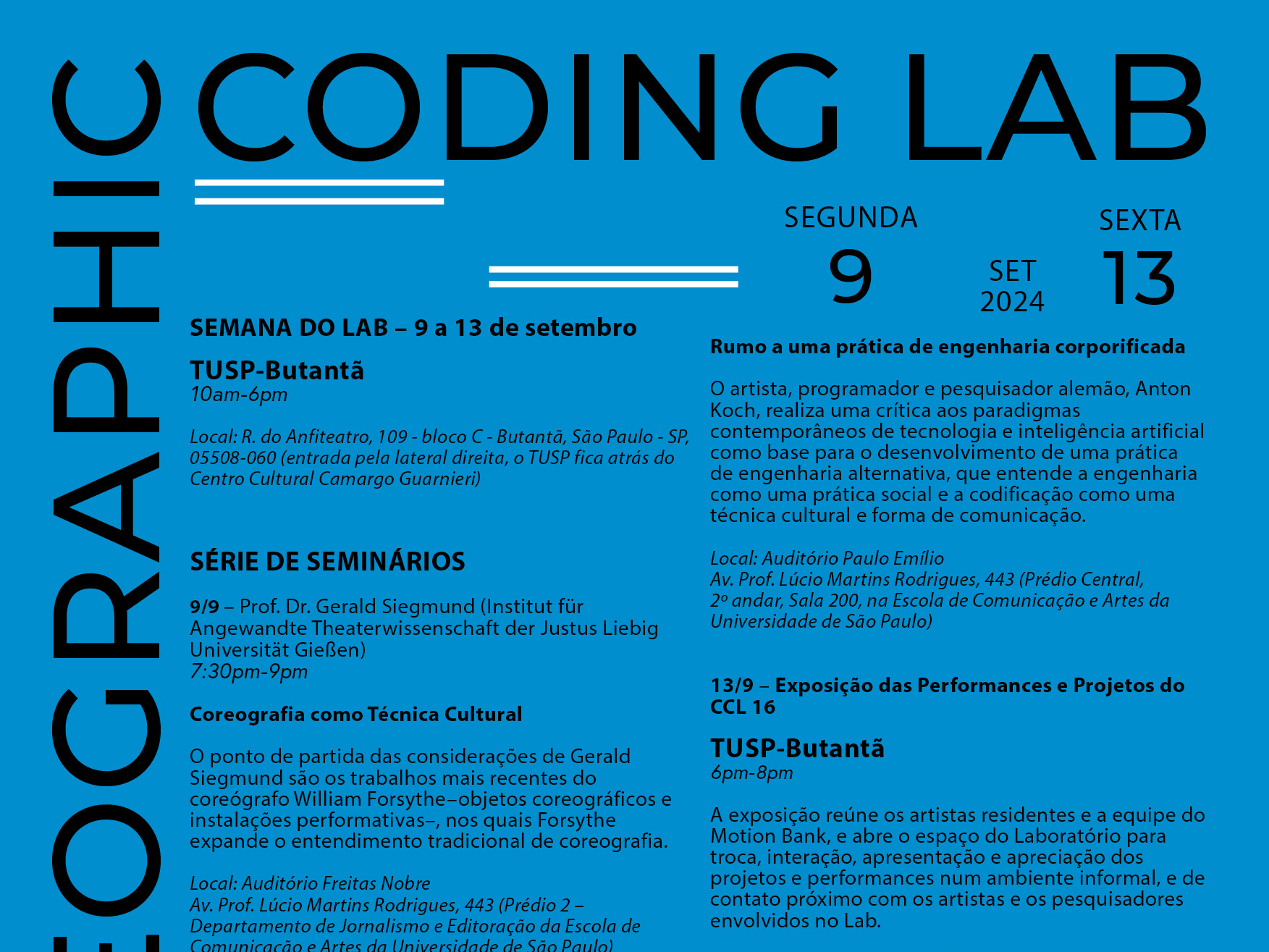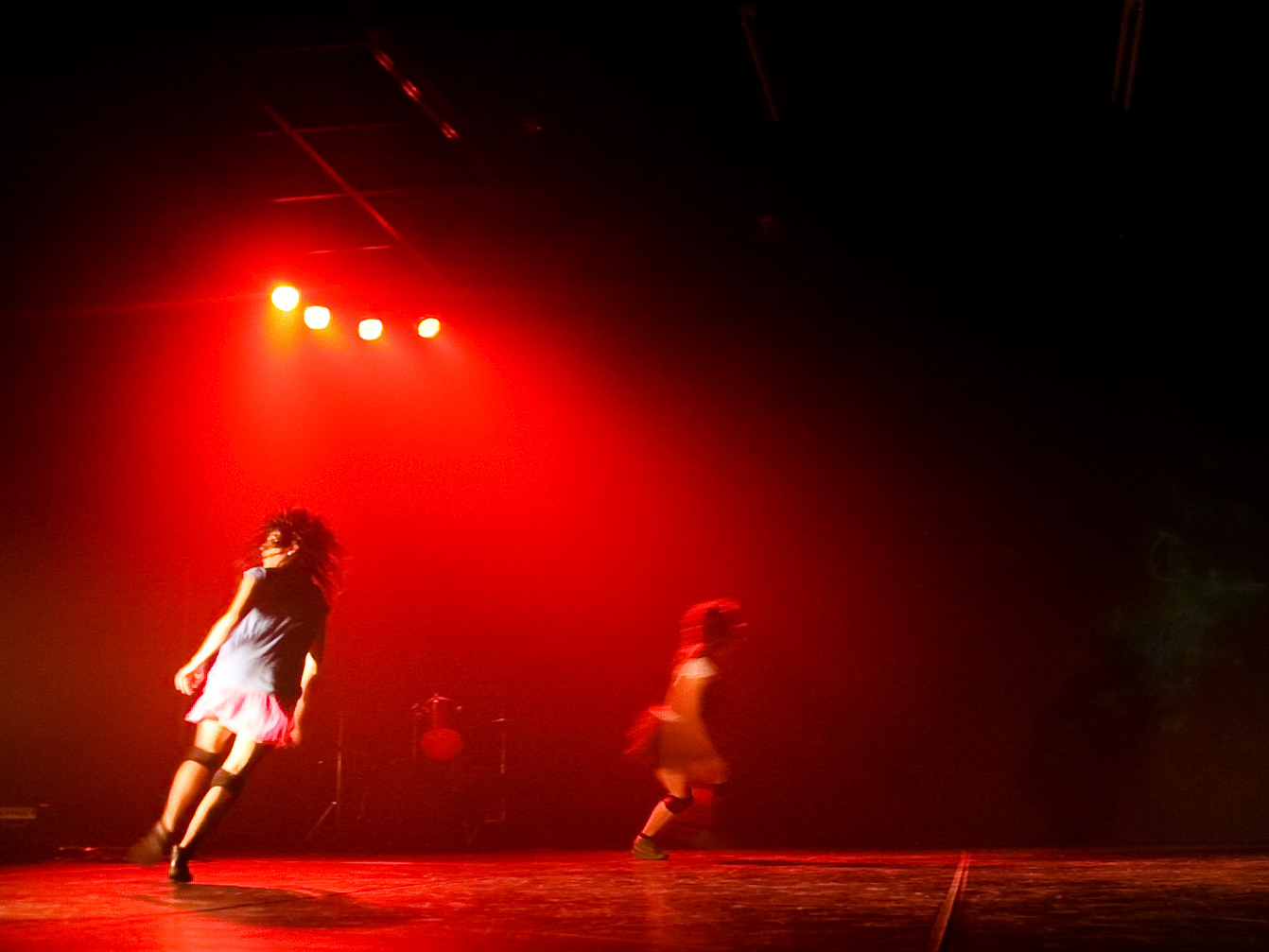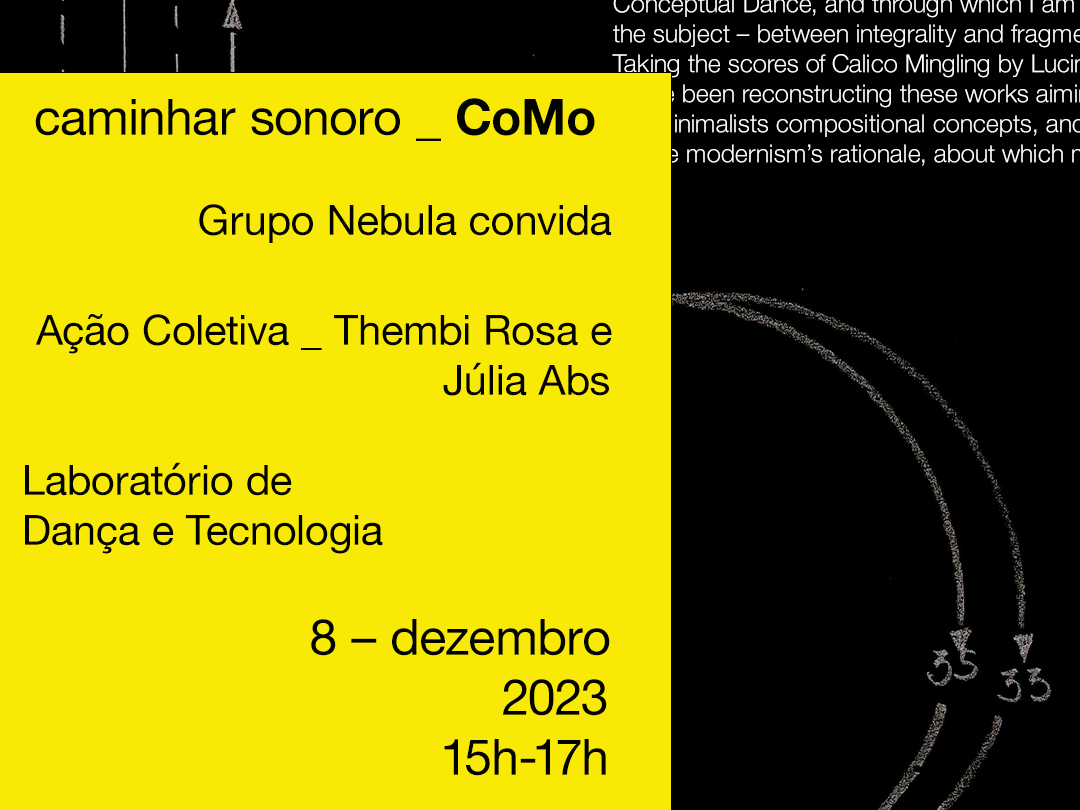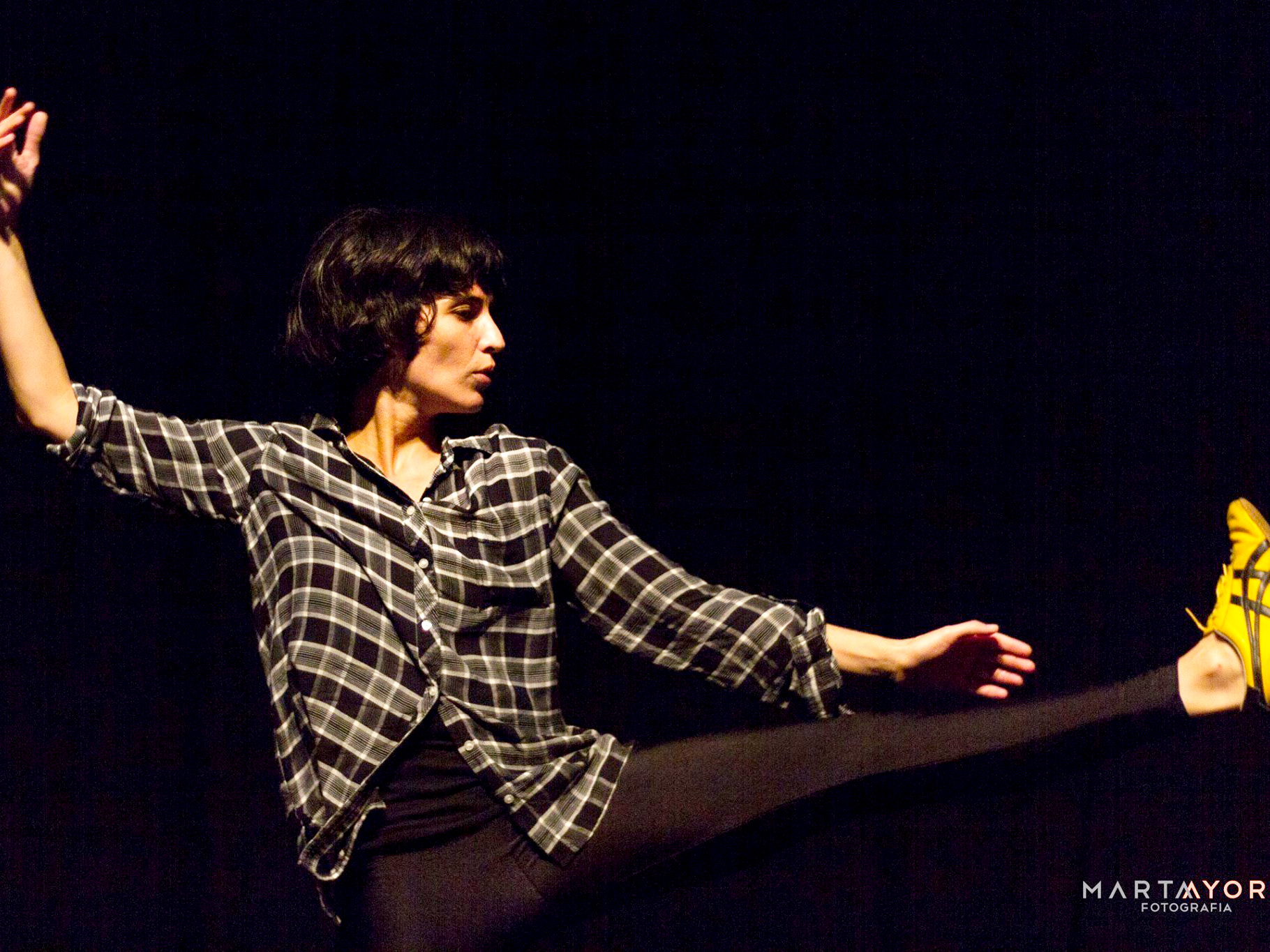A minha pesquisa com partituras coreográficas – gráficos, desenhos, diagramas, textos – teve foco na reconstrução do score "Calico Mingling" (1973) de Lucinda Childs. O meu trabalho foi reconstruir a partitura original criada por Lucinda Childs. No vídeo de Babette Mangolte eu fiz anotações de termos usados por Lucinda Childs––“espaços encontrados” (found sorroundings) –– que é uma adaptação direta dos found-objects (objet trouvé) de Marcel Duchamp.
Alguns exemplos das descrições de ações de Childs para Calico Mingling: “quatro arranjos da peça” (four arrangements of the piece); ou “cada dançarina executa uma frase que consiste em caminhar para frente e para trás em trajetos retos, circulares e semicirculares” ; ou, “cada segmento de frase (uma projeção para frente ou um laço semicircular) é completado em seis passos”, e assim por diante. Outros termos e descrições que contextualizam o trabalho––historicamente ou esteticamente – propostos por autores e suas leituras críticas das obras também compõem a terminologia.
Com a ajuda da pesquisa de Lou Forster (2021), eu pude seguir os sete estágios nos quais o desenho original foi criado, já que a autora teve acesso ao material de arquivo de Childs sobre a peça. Eu espelhei a serialidade dos caminhos de cada intérprete––eu me sentei na frente da tela do laptop, desenhei em relação espelhada com a tela e as folhas cortadas de papel sulfite––desenhei todos eles, e depois experimentei a partitura em meu próprio corpo dançante.
*English version bellow
My research on choreographic scores—graphs, drawings, diagrams, texts—focused on the reconstruction of Lucinda Childs’s Calico Mingling (1973) score. My work was to reconstruct the original score created by Lucinda Childs. In Babette Mangolte’s video, I annotated terms used by Childs—such as “found surroundings”—which is a direct adaptation of Marcel Duchamp’s found objects (objet trouvé).
Some examples of Childs’s action descriptions for Calico Mingling include: “four arrangements of the piece”; or “each dancer performs a phrase consisting of walking back and forth in straight, circular, and semicircular paths”; or, “each phrase segment (a forward projection or a semicircular loop) is completed in six steps,” and so on. Other terms and descriptions that contextualize the work—historically or aesthetically—proposed by authors and their critical readings of the pieces also form part of this terminology.
With the help of Lou Forster’s research (2021), I was able to follow the seven stages in which the original drawing was created, as the author had access to Childs’s archival material on the piece. I mirrored the seriality of each performer’s pathways—I sat in front of the laptop screen, drew in mirrored relation to the screen and to cut sheets of printer paper—I drew all of them, and then embodied the score in my own dancing body.
